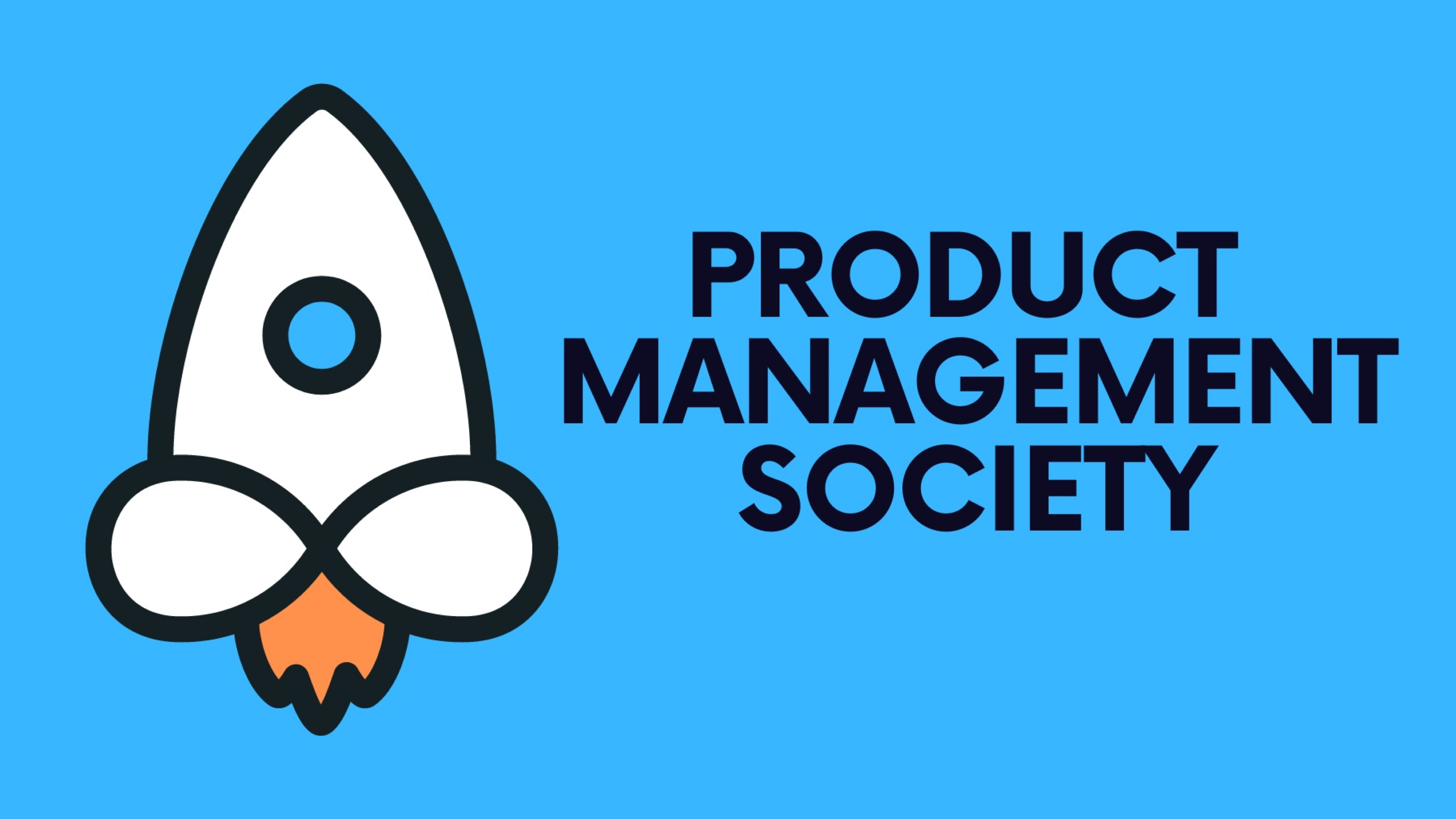Product management is a multifaceted discipline that entails not just product development and launch but also ongoing management and strategic alignment. While the role is rewarding, it comes with unique challenges. This article examines the common obstacles faced by product managers and provides insights into navigating these complexities effectively.
1. Balancing Diverse Stakeholder Interests
Challenge: Product managers often have to juggle the expectations and requirements of various stakeholders, including customers, team members, upper management, and external partners. Each group may have differing and sometimes conflicting interests related to the product's development and outcome.
Strategy: Effective communication and negotiation skills are essential. To drive the product forward successfully, product managers need to articulate clear goals, manage expectations, and find common ground among stakeholders.
2. Prioritizing Product Features
Challenge: Deciding which features to implement and in what order is a significant challenge, especially when resources are limited and pressure to hit the market quickly exists.
Strategy: Use data-driven decision-making processes, such as Kano Model analysis or weighted scoring systems, to prioritize features based on customer value, business impact, and feasibility.
3. Time Management and Deadlines
Challenge: Product managers often face tight deadlines and must deliver under time constraints while ensuring the product meets quality standards.
Strategy: Adopt agile methodologies to improve flexibility and responsiveness. Prioritize tasks effectively and delegate when necessary to optimize productivity without compromising deliverables.
4. Keeping Up with Market and Technological Trends
Challenge: Rapid technological advancements and changing market conditions can make it difficult for product managers to keep their products relevant and competitive.
Strategy: Continuously engage in learning and professional development. To stay updated, subscribe to industry publications, attend webinars and conferences, and participate in professional networks such as the Product Management Society.
5. Integrating Customer Feedback into Product Development
Challenge: Collecting and integrating user feedback effectively is challenging but essential for creating products that truly meet user needs.
Strategy: Implement systems for continuously capturing and analyzing customer feedback, such as through user testing sessions, surveys, or usability studies. Integrate these insights into the product development cycle to continually enhance product features.
6. Managing Cross-Functional Teams
Challenge: Product managers must often lead teams with diverse disciplines without direct authority. Ensuring team alignment and motivation can be challenging.
Strategy: Build strong relationships based on trust and respect. Clearly define roles and responsibilities, set clear expectations, and foster an inclusive team culture that encourages open communication.
Conclusion
Being a product manager involves navigating challenges ranging from strategic planning to detailed execution. By understanding these common challenges and implementing effective strategies, product managers can enhance their effectiveness and drive their products to success in competitive markets.
Stay tuned for our next article!
If you’re finding this blog valuable, consider sharing it with friends, or subscribing if you aren’t already. Also, consider coming to one of our Meetups and following us on LinkedIn ✨
Thanks for reading Product Management Society! Subscribe for free to receive new weekly posts 🚀







